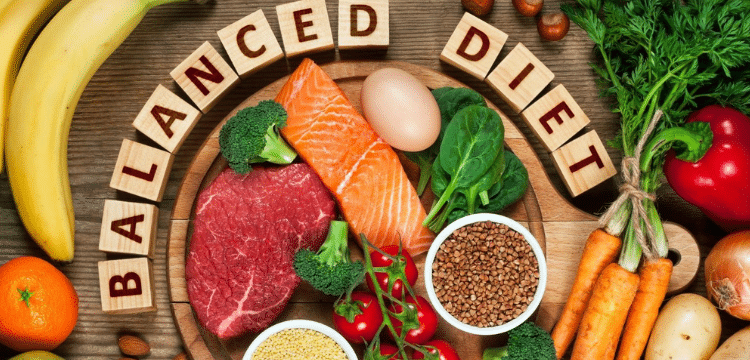[vc_row][vc_column][vc_column_text dp_text_size=”size-4″]According to the World Health Organisation (WHO), heart and circulatory diseases now account for one in every three deaths worldwide, totaling 17.9 million.
Many types of cardiovascular disease (CVD) are avoidable, with lifestyle changes being one of the most effective ways to lower one’s risk. The WHO recommends a reliable source: quitting smoking. lowering your salt intake and increasing your intake of fruits and vegetables; engaging in regular physical activity; and abstaining from harmful alcohol use. However, there is so much conflicting advice out there that it can be difficult to decide which diet to follow.
A new study from Harvard Medical School’s Beth Israel Deaconess Medical Centre (BIDMC) suggests that switching to the DASH diet or eating more fruits and vegetables could reduce a person’s risk of CVD by up to 10%. The findings were published in The American Journal of Cardiology. The DASHTrusted Source eating plan is based on changing eating habits to lower blood pressure by eating vegetables, fruits, and whole grains, as well as fat-free or low-fat dairy products, fish, poultry, beans, nuts, and vegetable oils, and limiting foods high in saturated fat, such as fatty meats, full-fat dairy products, and coconut, palm kernel, and palm oils.
It is intended to be simple to follow, to provide healthy alternatives to junk foods, and to be adaptable to any cultural heritage. The 437 participants in the study were randomly divided into three groups by the researchers. After three weeks on a typical American diet with little fresh produce, high total fat, saturated fat, and cholesterol, each group switched to a different diet for the next eight weeks. The participants were roughly half black and half female, with a mean age of 45. In terms of BMI, hypertension status, and physical activity, the three groups were well-matched.
Also Read: Islamabad Healthcare Authority fixes charging amount for dengue test.
The control group maintained their original diet. The second group followed a similar diet but included more fruits and vegetables. The DASH diet was followed by the third group.[/vc_column_text][/vc_column][/vc_row]











